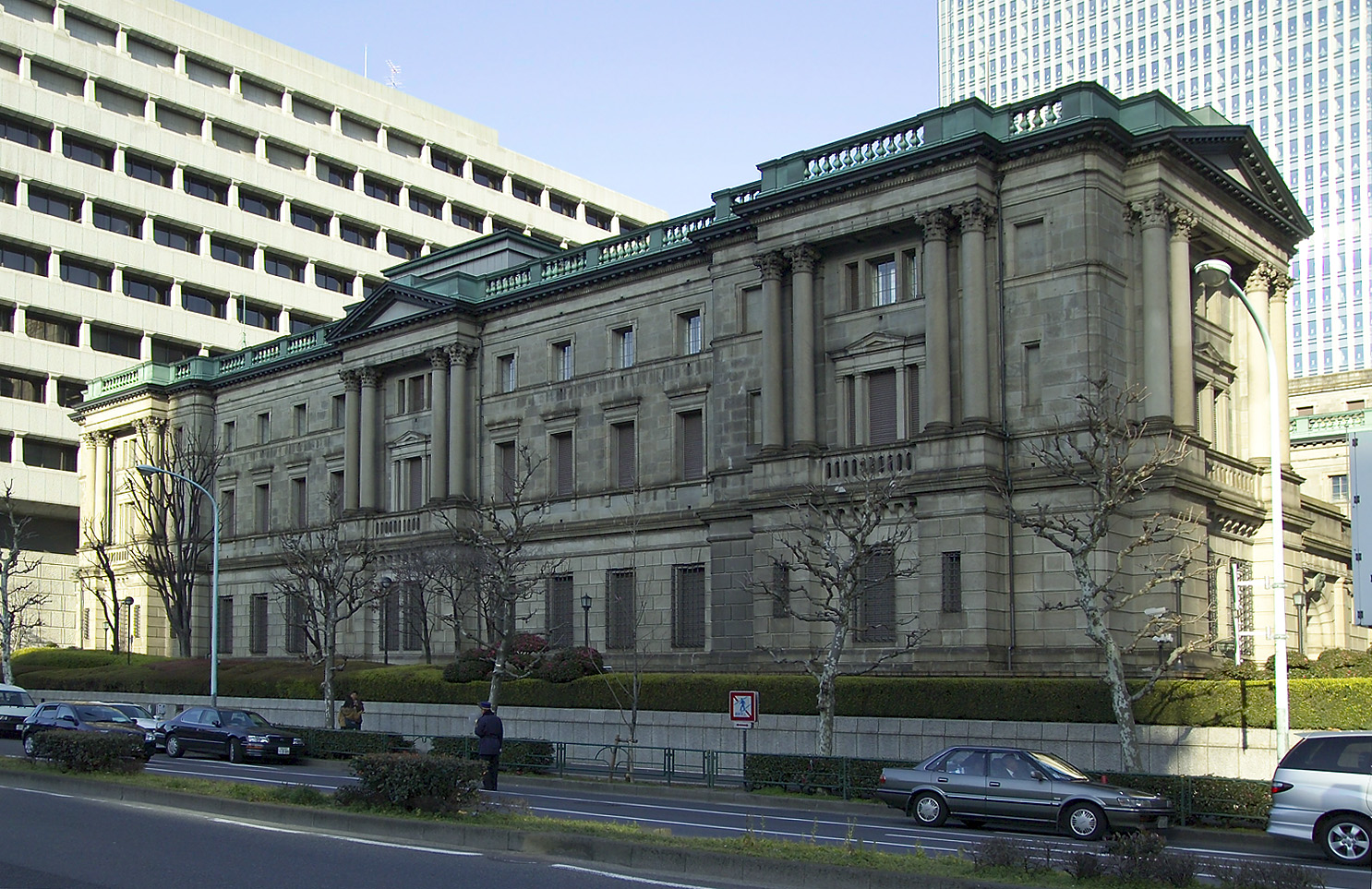Issue:
March 2023
The old order gives way to a new regime at Japan’s central bank. But at what cost to the economy?

Last minute flip-flopping over the nomination of Kazuo Ueda as the new governor for the Bank of Japan [BoJ] appeared to reflect indecisiveness on the part of the prime minister, Fumio Kishida. But the dynamics of the situation are far too complex to be explained away as one man's procrastination.
They involve the economic nationalism of the outgoing governor, Haruhiko Kuroda, who, with former prime minister Shinzo Abe, waged a long battle if not to "make Japan great again", then to reverse the damage inflicted several decades ago by the 1985 Plaza Accord.
And they involve forces ranging from Japanese banks and other financial institutions concerned about what they claim is the distorting impact that Kuroda's policies have had on the nation's financial system, to hedge funds that saw the chance to profit by exploiting these differences.
Much of the flack that Kuroda has taken over his 10 years in office (two five-year terms) - not least from the Japanese press – stems from a failure to understand the complexity of the situation he inherited, and what he has achieved in restoring equilibrium in Japan's economy.
Likewise, Kishida also has been criticized lately for a situation that he largely inherited. Critics, analysts and financial journalists might be better advised to turn their attention to the wider picture instead of bashing either Kuroda or Kishida.
The BoJ’s deputy governor, Masayoshi Amamiya, was widely reported to have been approached by Kishida’s administration to become the next governor when Kuroda's term ends on April 8. Former deputy governor Hiroshi Nakaso was also seen as a strong contender.
But days before the new governor's nomination was expected, Nakaso announced that he was becoming head of the APEC Business Advisory Council, thereby ruling himself out of contention. Then, when Ueda was selected, Amamiya told local media he had declined the post for a “number of reasons”.
Unlike most BoJ governors, who are drawn from the ranks of the central bank itself or, like Kuroda, from the Finance Ministry, Ueda is an academic economist, although he did serve for a time on the BoJ's policy board. A common assumption was that Kishida simply wanted a more “neutral” choice.
Japanese monetary policy does not normally attract the same attention as that of the U.S. Federal Reserve or the European Central Bank, but lately, foreign exchange market players have taken a close interest in the BoJ's every move – and also accumulated major positions on the yen.
Kuroda’s policies over the decade have sought to rid Japan of decades of disinflation and deflation, and to achieve a target inflation rate of 2% via a policy of yield curve control – in practice, BoJ purchases of government and other securities.
Kuroda, a former senior finance ministry official who was close to Abe, was seen by some as having employed monetary policy – and, indirectly, the yen exchange rate – to reverse the deflationary pressures unleashed on Japan by the 1985 Plaza Accord.
In late 2022, the yen fell to a three-decade low of ¥150 to the dollar and appeared set to go lower on widening interest rate differentials between the yen and other major currencies. While the Fed, the ECB and others were fast hiking rates, Kuroda held fast to near-zero rates.
The consequent cheapening of Japanese exports is no longer a U.S. and European concern in the way it was in the 1980s, but the yawning yield gap alarmed markets and sparked debate in Japan over whether the weak yen was a blessing or a curse as it has contributed to a gaping trade deficit.
Hedge funds and others began building big short positions on the yen in the belief that the yield and trade gaps were unsustainable, and the BoJ was forced to step up government bond purchases to preserve yield curve control.
Even the International Monetary Fund urged the BoJ in February to adopt a more flexible monetary policy, and in doing so stepped into a minefield of controversy over whether monetary policy should be officially determined or left partly to the market. That controversy remains unresolved as Kuroda prepares to step down.
By controlling yields on Japanese Government Bonds (JGBs) and effectively on other bond and bank lending rates over the past decade, the BoJ has fought a long and lonely battle against the deflation that has plagued the world’s third largest economy for many years.
All this came at a cost, in the form of low interest rates for savers, a proliferation of “zombie” companies kept alive by cheap money and sclerosis in the JGB market, whose function has been partly usurped by the BoJ. It also turned the central bank into a prop for the Japanese stock market.
Yet compared to the turmoil the Fed, the ECB, the Bank of England and others have visited upon their economies in recent times by letting inflation rip and then hiking interest rates dramatically, the BoJ has been a responsible custodian.
With Kuroda’s reign about to end, and with Kishida not committed in the way that Abe was to an alliance with the bank to end deflation at all costs, the preference was for a flexible new governor who would tighten policy and act in line with market pressures.
Amamiya, a Kuroda confidante, was reportedly unhappy with the early unwinding of the existing order, and so Ueda, whose appointment is subject to parliamentary approval, was chosen as someone who would take a pragmatic approach between ideology and market-compatible courses.
Ueda has talked diplomatically of the need for policy continuity, but he has also acknowledged the distorting impact of Kuroda's policies on Japan's financial markets. A further period of turbulence in the yen exchange rate, and maybe in Japan's economy, seems likely as both adjust to the new order.
Anthony Rowley is a columnist and contributor for the South China Morning Post.

